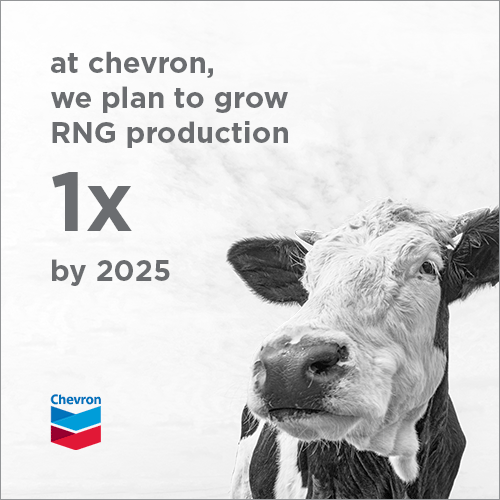One of the great climate ironies is that more extreme weather necessitates more resilient infrastructure. More resilient infrastructure requires more concrete, and concrete releases a lot of planet-warming carbon into the atmosphere. That means one of the most resilient and cost-effective ways to adapt developed areas to extreme weather and rising seas is actually making climate change worse. The Biden administration says it has found a way to disrupt this vicious cycle. At the president’s urging, General Motors, Starbucks and other major corporations are pledging to use more climate-friendly materials for construction and manufacturing, which, thanks to major federal infrastructure investments, are going to be in hot demand. “We are the United States of America. There is nothing beyond our capacity if we work together,” President Joe Biden said at an event Thursday touting his infrastructure law. Biden spoke in Pittsburgh at the Fern Hollow Bridge, which collapsed earlier this year and became a symbol of the country’s crumbling roads and bridges. POLITICO’s E&E News reporter Kelsey Brugger writes that the concrete industry alone makes up 8 percent of global planet-warming pollution and, advocates say, has lagged behind other carbon-intensive sectors in going green. Here’s the rub: Concrete is virtually indestructible. It doesn’t rot, rust or burn, and it can be molded into virtually any form for building. But the cement used to bind concrete and make it strong generates a significant amount of heat-trapping carbon dioxide. For every ton of cement manufactured, a ton or so of CO2 is released. But there are ways to curb emissions associated with cement production, and technological advances have produced cement alternatives used to bind concrete. Supplementing concrete with other materials when appropriate, like for paving highways, is also becoming more popular. Earlier this year, the procurement arm of the federal government imposed new limitations on high carbon-emitting building materials for all its major projects. The move is catalyzing a shift in the construction industry. The General Services Administration oversees $75 billion in annual contracts, and its real estate portfolio comprises more than 370 million square feet. The administration now plans to use its vast purchasing power to spur the advancement of low-carbon materials. The Department of Transportation has said 25 states will receive the first highway “climate challenge grants” to support sustainable pavement, for example.
| 




